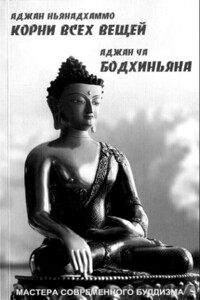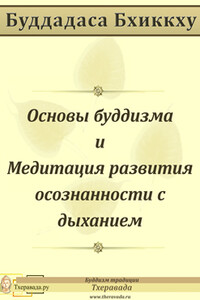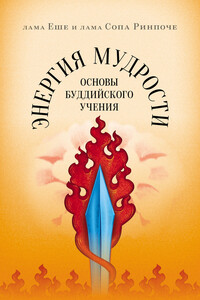Mastering the Core Teachings of Buddha. An Unusually Hardcore Dharma Book | страница 8
This book is for those who really want to master the core teachings of the Buddha and who are willing to put in the time and effort required. It is also for those who are tired of having to decipher the code of modern and ancient dharma books, as it is designed to be honest, explicit, straightforward and rigorously technical. Like many of the commentaries on the Pali Canon, it is organized along the lines of v
Foreword and Warning
the three basic trainings that the Buddha taught: morality, concentration and wisdom.
Throughout this book I have tried to be as utilitarian and pragmatic as possible, and the emphasis is always on how to actually “get it” at the level that makes some difference. All sections also assume to some degree that you have a practice of some sort, hang out in some sort of spiritual scene, and know a bit of the standard dharma lingo. All sections also assume that you are willing to do the work.
I have tried to include enough information to make this book capable of standing on its own as a manual of meditation and for walking the spiritual path. However, I have also tried to focus on those areas that I consider to be my core competencies and also those areas of the spiritual path that I do not feel have been adequately covered in the works that have come before this one. This book shines in areas of technique and the fine points of very high-level practice. However, the spiritual life is vast beyond measure and cannot possibly be adequately covered in a single book. Thus, I will often refer you to other excellent sources for more details on those topics that I feel have already been covered quite well by other authors. I strongly suggest checking out at least some if not all of these other sources.
Like my own practice, this book is heavily influenced by the teachings of the late, great Mahasi Sayadaw, a Burmese meditation master and scholar in the Theravada Buddhist tradition, and by those in his lineage and outside it. There are numerous references to other excellent traditions as well, some Buddhist and some not. It is my sincere wish that all diligent students of meditation find something in this book that is of practical value to them.
I have included a few of my own experiences and labeled them as such. This is done to try to add some sense of the reality of what is possible, both in terms of successes and failures. They should add a human dimension to the theory. However, if you find that these stories get in the way, or if they seem to have too much of the quality of “let me tell you about my personal spiritual quest,” please do us both a favor and skip over them without a second thought.



